Understanding the Difference Between CSS and Graphic Design
In the realm of web development and design, CSS (Cascading Style Sheets) and graphic design are two distinct yet interconnected disciplines. Each plays a crucial role in shaping the visual and functional aspects of digital content. Let's delve into the fundamental differences between CSS and graphic design, highlighting their unique contributions to creating compelling web experiences.
CSS serves as the styling language for HTML (Hypertext Markup Language) documents, defining how web pages are presented to users. Here’s how CSS distinguishes itself from graphic design:
Structure and Layout: CSS primarily focuses on structuring web content and defining layout properties such as positioning, spacing, and responsiveness. It ensures that elements on a webpage are arranged logically and adapt to different screen sizes, enhancing usability and accessibility.
Styling and Aesthetics: While CSS influences the visual presentation of web pages, it does so through properties like colors, fonts, borders, and backgrounds. It controls aspects such as typography, color schemes, and visual hierarchy, ensuring consistency in design elements across a website.
Interactivity and Animation: CSS transitions and animations allow for interactive elements on web pages without relying on external graphics or JavaScript. This capability enhances user engagement by providing dynamic visual feedback and enhancing the overall user experience.
Adaptability and Responsiveness: CSS plays a critical role in creating responsive designs that adjust seamlessly to various devices and screen sizes. Media queries in CSS enable developers to tailor styles based on viewport dimensions, optimizing content presentation for mobile, tablet, and desktop users.
Graphic design encompasses the artistic and creative aspects of visual communication, both on and off the web. Here’s how graphic design differs from CSS:
Visual Identity and Branding: Graphic designers focus on developing cohesive visual identities and brand aesthetics. This includes designing logos, typography, color palettes, and other visual elements that reflect a brand’s personality and values.
Print and Digital Media: While CSS is specific to web design, graphic design spans a broader spectrum, including print materials such as brochures, posters, packaging, and digital assets like social media graphics and advertisements. Graphic designers use tools like Adobe Illustrator and Photoshop to create these materials.
Artistic Expression and Creativity: Graphic designers leverage principles of design—such as balance, contrast, emphasis, and unity—to create visually compelling compositions. They combine typography, imagery, and layout techniques to communicate messages effectively and evoke desired emotional responses from audiences.
Collaboration and Cross-Disciplinary Skills: Graphic designers often collaborate with web developers and other professionals to integrate visual elements seamlessly into digital projects. They possess a deep understanding of aesthetics, color theory, and composition, applying these principles across diverse media channels.
In essence, while CSS focuses on enhancing the functionality and visual presentation of web content through styling and layout, graphic design encompasses a broader spectrum of visual communication, encompassing branding, print design, and digital media. Both disciplines are integral to creating cohesive and engaging digital experiences that resonate with audiences.
Whether you’re developing a responsive website with CSS or crafting a compelling visual identity through graphic design, understanding these distinctions can empower you to leverage each discipline’s strengths effectively. By bridging creativity with functionality, designers can elevate digital experiences and effectively communicate brand stories in today’s dynamic digital landscape.
Understanding the nuances between CSS and graphic design empowers designers to leverage each discipline's strengths for creating compelling digital experiences




